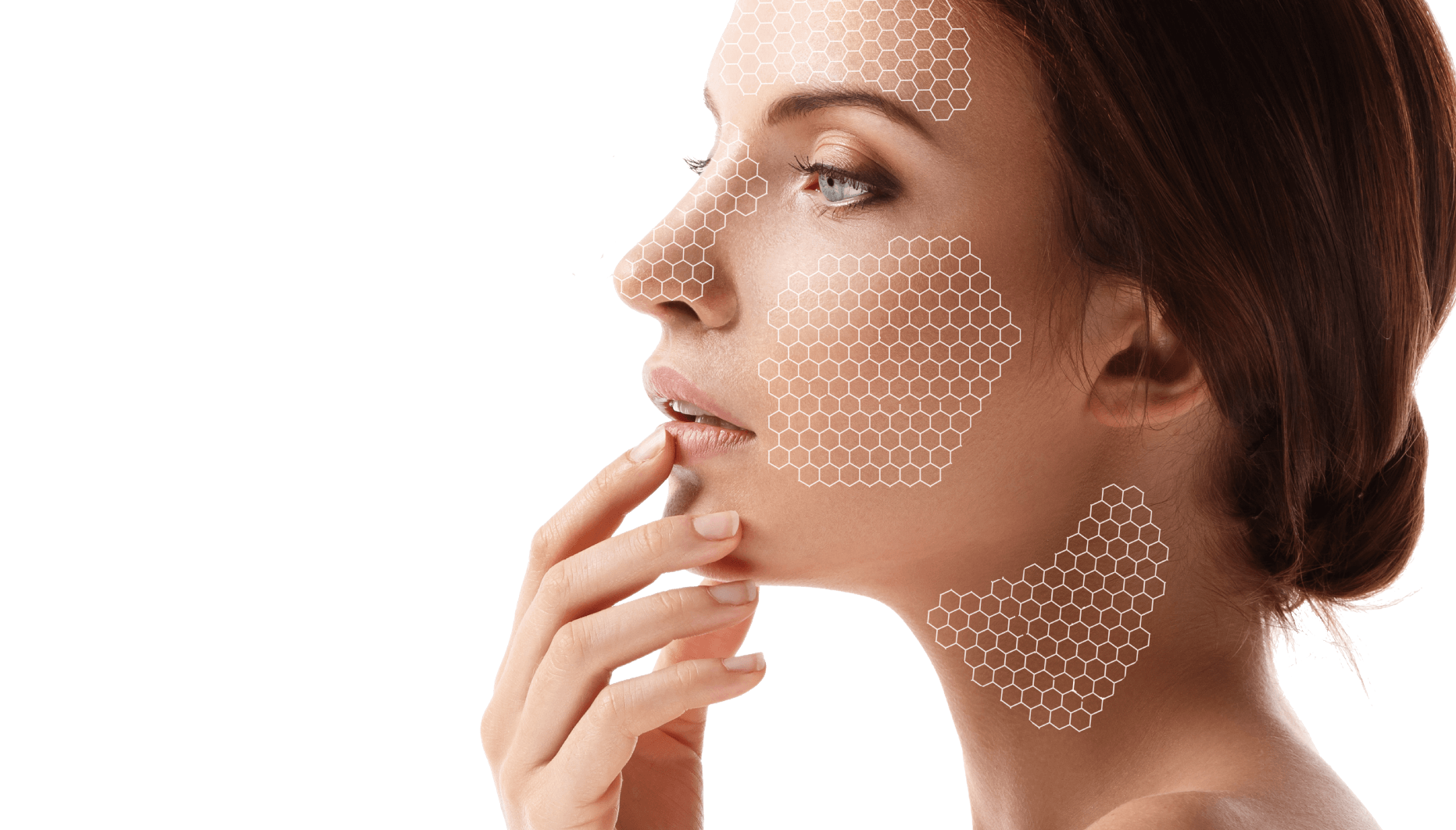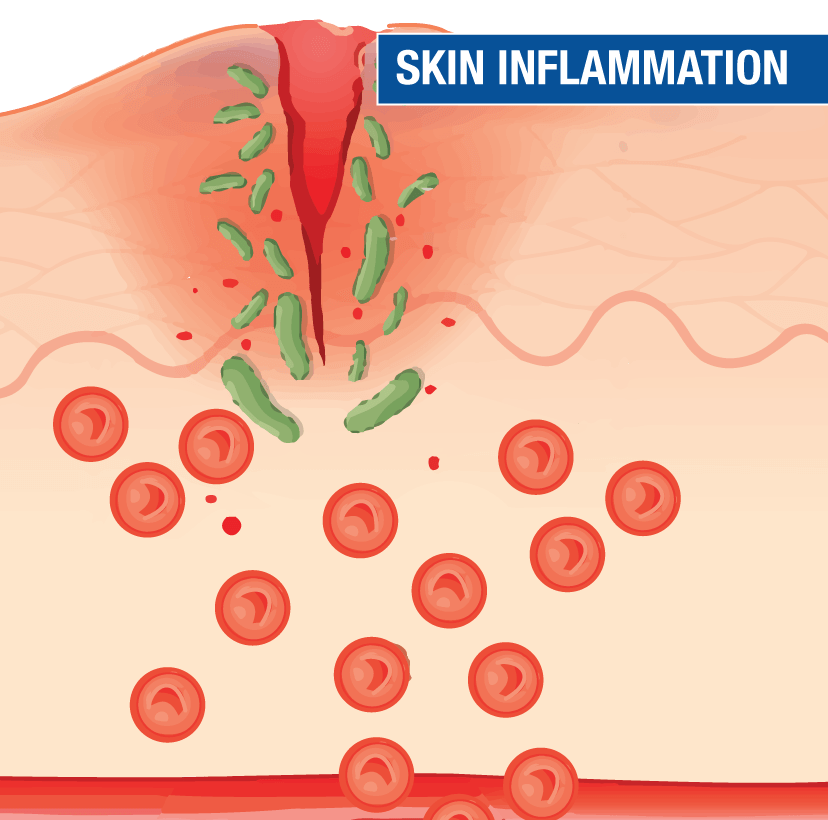-




Learn more about Skin Sensitivity
Skin Sensitivity
Genetic variations found in vital genes can lead to excessive inflammation –
one of the most common themes in early onset aging.

Problematic Skin

Chemical & Skincare Sensitivity

Environmental Sensitivity
Visible signs associated with Skin Sensitivity & Inflammation
Did you know?
4 in 5 people
have a genetic variation that can cause an over reactive inflammation response.

About this category
How does Inflammation cause skin to age?
How well are your genes protecting you against irritation?
Ever wonder why your skin becomes sensitive in the winter? Or why your skin breaks out in the heat? How about developing skin rash or rosacea after applying perfumes or skincare? Many of these redness and sensitivity issues are instigated by your bodies first primal defence – inflammation.
What your genetics have to do with it
Your genetic predispositions play a big role in determining the supply, or the over-supply of inflammation production. Key variations tested in this category can identify numerous over-reactive inflammatory mechanisms that cause skin irritations.
Background Science
Genes Tested
SkinDNA™ Designated Descriptors
Gene s100286
Acute Inflammation
Responsible for signalling the release of inflammatory proteins to help defend skin cells against invaders.
Gene s706371
Internal Toxins Protection
Involved in efficiently detoxifying toxic compounds so that they can be safely metabolised and converted to water.
Gene s100921 & s100922
Dermal Sensitivity
Regulates the detoxification of Epoxides found in pollutions and chemicals into more water soluble so that they can be safely broken down.
For your skin, inflammation is your body’s short-term immune response for healing and countering infection and foreign substances like germs, bacteria, allergens, and toxins. Without inflammation your skin would not have the ability to protect itself or heal.

Sometimes the body can over compensate and release too many inflammatory proteins to take care of an issue that only required fewer – as a result to body begins to over-react to anything and everything!
Soon the body begins to think that that perfume is a virus and that skincare product is going to cause damage – this type of sensitivity is not good as the trauma caused by a constant over supply of inflammation dramatically ages the skin.
Excessive inflammation is one of the most common themes in early onset skin aging. While it is a helpful response in the short term, if inflammation continues on-going, it can play a negative role. Often subtle, the signs include skin sensitivity, redness and irritation.
“The regulation of inflammation and sensitivity concerns are largely controlled by your genes.”

Genetic variations in this category can be used to identify weather you are at risk great risk of too much inflammation production causing unnecessary trauma to skin cells. The results of excessive inflammation include prolonged irritation, increased redness, and enhanced sensitivity to environmental pollutants and everyday chemicals.
Glossary
Not sure what some words mean?
Epoxides
Chemical compounds which cause trauma and damage to skin cells.
They can set the foundation for free radical havoc, increase cellular damage, cause collagen to breakdown and enhance skin sensitivity.
These chemical compounds can stem from air pollution, cigarette smoke and exhaust fumes.
Polycyclic Aromatic Hydrocarbons (PAH’s)
Highly toxic chemical compounds.
Released from everyday pollutants such as the burning of wood, coal, diesel, and waste, industrial activities, exhaust fumes and cigarette smoke.
Xenobiotics
Harmful toxins that are found in pollutants such as PAHs. These toxins surround us in our day to day living.
If not broken down epoxides can be extremely harmful to the body releasing a wave of free radical mayhem.

Copyright 2018. All rights reserved.
Made with [icon name="fa fa-heart" color="#e51b23"] by SkinDNA.
Test Categories
White Label
Contact
